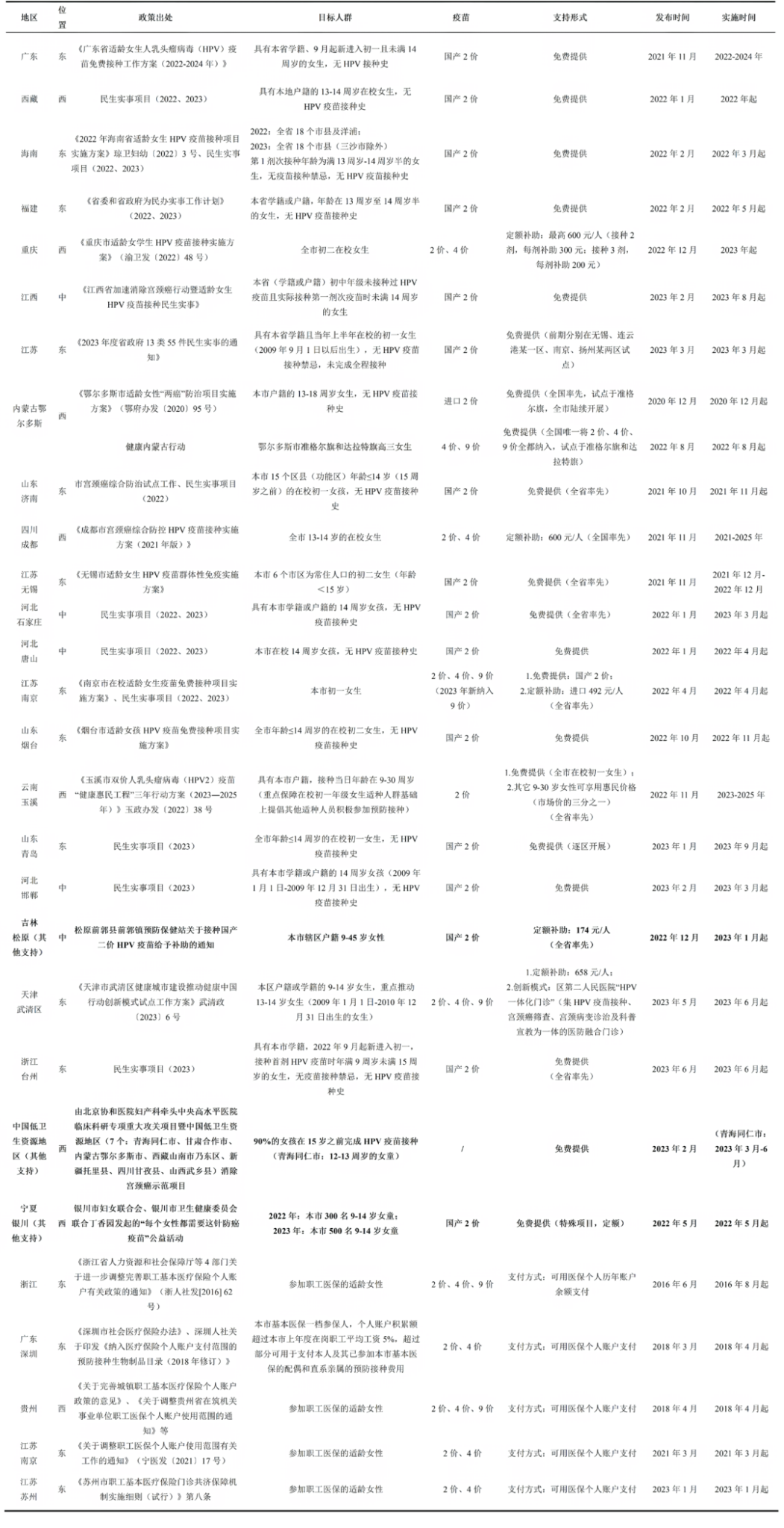Journal Content Recommendation
01
Transplacental transfer of maternal antibodies following immunization with recombinant pertussis vaccines during pregnancy: Real-world evidence
This study, published in the International Journal of Infectious Diseases, is the “First real-world serology study on recombinant pertussis vaccination in pregnancy”, which investigates the transfer of maternally produced antibodies from recombinant pertussis vaccine to the fetus via the placenta following vaccination during pregnancy in a real-world setting. This study recruited pregnant women vaccinated with monovalent recombinant acellular pertussis (aP) vaccine (aPgen; n = 199) or combined to tetanus-diphtheria (TdaPgen; n = 200), or Td-vaccine only (n = 54), accessing pregnancy, delivery, and neonatal outcomes. Umbilical cord blood was collected after delivery to assess levels of pertussis toxin antibody (PT-IgG), filamentous hemagglutinin antibody (FHA-IgG ), and PT neutralizing antibody (PT-Nab).
The results of the study showed no information on adverse outcomes in pregnancy, delivery, or the newborn as a result of vaccination with monovalent pertussis vaccine or combined pertussis vaccine, although higher levels of PT-neutralizing antibodies were detected in umbilical cord samples from women vaccinated with recombinant acellular pertussis vaccine or combined tetanus-diphtheria vaccine. Lower levels of PT-neutralizing antibodies were found in the combined tetanus-diphtheria vaccination group, as were antibodies to filamentous hemagglutinin. Recombinant pertussis vaccination at <27 or 27-36 weeks of gestation induced similar cord blood pertussis antibody levels. This real-world study confirms that “recombinant pertussis vaccination in the second or third trimester of pregnancy results in high levels of passive immunity in infants.”
https://doi.org/10.1016/j.ijid.2024.107047
02
Technologies for strengthening immunization coverage in India: a systematic review
This article was published in The Lancet Regional Health Southeast Asia. In India, immunization coverage varies across settings, geographic areas, and populations. Techniques to improve immunization rates can reduce gaps in immunization coverage.
Observational and experimental studies published between January 1, 2011, and July 31, 2021, on children, pregnant women, adults, the elderly, healthcare workers, caregivers, and vulnerable groups in all districts of India were selected, resulting in the inclusion of 23 relevant studies for analysis. The studies identified eight measures to enhance immunization coverage, including the “reminder systems, immunization campaigns, sensors and wearable technologies, “inter-sectoral coordination, community mobilization/engagement, capacity building, regulation and monitoring and vaccine advocacy.” There was a lack of studies on adult immunization, immunization of special/vulnerable groups, and occupational immunization as most studies (82.6%) reported on child immunization techniques.
The results point to several strategies for raising vaccination rates among children and adolescents, including “educational interventions, implementation of mandatory vaccination in schools, sending timely reminders, provider-directed interventions and financial incentives”. Not only that, but demand creation, improved vaccination methods, cash transfer programs, health system strengthening, and new technologies have also been associated with increased infant immunization coverage in low- and middle-income countries (LMICs). The review included three studies on pregnant women. Midwives in antenatal care settings provided pertussis vaccination services, automated reminders in electronic medical records, and increased awareness of guideline recommendations among health care providers were all associated with increased maternal vaccination coverage.
The researchers concluded that most of the analyses in this review were based on well-established interventions with relatively few evaluations of the use of digital or device-based machine technology conducted in India, and most of the past interventions were related to capacity-building and community mobilization. Achieving the “last mile” of immunization coverage in India will require a multipronged strategy that employs “the most feasible, accessible, replicable and scalable technologies based on the local needs and perceived barriers, along-with planning and political will”.
https://doi.org/10.1016/j.lansea.2023.100251
03
Co-administration of influenza and COVID-19 vaccines: policy review and vaccination coverage trends in the European Union, UK, US, and Canada between 2019 and 2023
The study was published in Vaccines. Co-administration of influenza vaccine and COVID-19 vaccine has emerged as a strategy to improve vaccination coverage. This study describes policies and coverage rates for combined influenza and COVID-19 vaccination in the European Union, the United Kingdom, the United States, and Canada between 2019 and 2023. The study collected data “from governmental websites, national health organizations,” and influenza vaccination coverage among people ≥65 years of age, and COVID-19 vaccination coverage among people ≥60 years of age or the general population for the period 2019 to 2023 from national databases, the European Centre for Disease Prevention and Control database, or ourworldindata.org.
A total of 32 countries were included in the analysis. The research team collected data on vaccination policies in 30 countries for two epidemic seasons, 2021-2022 and 2022-2023; in the 2021-2022 epidemic season, policies in all but four countries supported combined vaccination; in the 2022-2023 epidemic season, “all included countries had policies supporting co-administration.” However, policy compliance and available data are limited despite policy support.
The study observed a positive correlation between influenza vaccination coverage and COVID-19 vaccination coverage, with an increase in influenza vaccination coverage in the 2021-2022 season compared to 2019-2020, but a slight decrease in influenza vaccination coverage in the 2022-2023 season. The researchers concluded that the reasons for the decline in vaccination coverage require “evidence-based approaches, improving data, and conducting further research,” particularly exploring vaccine hesitancy, literacy, health system, and coverage in the context of co-vaccination and its dynamics in identifying the factors influencing individuals’ decision-making about vaccination and to inform targeted interventions.
https://doi.org/10.3390/vaccines12020216
04
Sibling spillovers and the choice to get vaccinated: Evidence from a regression discontinuity design
This study, published in the Journal of Health Economics, explores the impact of introducing a free HPV vaccination program in Denmark on the vaccination behavior of a targeted group of adolescents and their siblings. The direct effect is the impact of the vaccination program on HPV vaccination rates in the target population (i.e., eligible adolescents), and the spillover effect is the impact of the vaccination program on HPV vaccination rates in the non-target population (i.e., siblings who are not eligible for vaccination).
The study’s findings demonstrated that implementing a free HPV vaccination program significantly raised the vaccination rate among the targeted adolescent population (+53.2% for girls and +36% for boys). In terms of spillover effects, vaccination rates increased by “4.5 percentage points for sisters and 3.5 percentage points for brothers”. The implementation of the program reduced socioeconomic inequalities in the target group’s vaccination rates as the direct effect was most pronounced in low-income and low-education homes, while the spillover effect was greater in high socioeconomic status households. Furthermore, the implementation of the HPV vaccination program affected the utilization of other preventive health services, such as a rise in the number of girls receiving MMR booster doses.
The research team concluded that a more positive response to the vaccination program for individuals of high socioeconomic status would increase preventive vaccination rates among targeted children and their siblings. Although the free HPV vaccination program reduced inequalities in vaccination rates among targeted children, it “increased the inequality among the older same-sex siblings”, underlying why policymakers should take more targeted steps in pursuing herd immunization and reducing health inequalities.
https://doi.org/10.1016/j.jhealeco.2023.102843
Content Editor: Linjing(Grace) Zhang
Page Editor: Ziqi Liu





